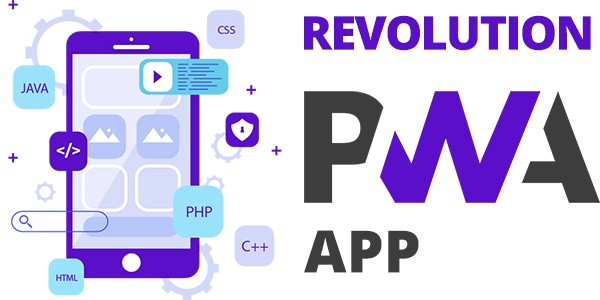 Branding
BrandingProgressive Web Application!!!
What is PWA?
PWA is a type of application software set up using standard web technologies and boosting the benefits of new APIs. It supports modern browsers and operating systems. It creates an app-like experience for users.
These apps are the same as computer programs built to perform multiple tasks over the Internet.
Mainly PWAs are more like a website than an app and have a unique URL.
In short, PWA runs on website platforms while it provides features and themes of native apps.
PWA Attributes:
Faster- Respond quickly –Fast Scrolling and Frame rate
Secure: Use TLS Encryption as it must be served over HTTPS
Appealing: Keeps Engaging user and experience as a native app on the platform
Receptive: Reacting and Suitable to Mobiles, Tablets, and Desktops
Discoverable and Shareable: Easy to find and share via URL
Browser Compatible: Work with multiple browsers
Push Notification: It can be managed by the server
Technology: Web app manifest & Javascript Service Worker
PWA App-like Experience:
- Easy to Install – No need to go to the App store
- Any network status: Available Offline, No data connection, or work on Low-quality network. It caches necessary data on the device directly
- Loads instantly and has a quick UX
- It works outside of browsers UIs
PWA Advantages:
- Data Friendly
- Installation is not compulsory
- Easily updated for new features or versions as it downloads automatically
- No App store required for an update or download
- Easily shared, as it’s an URL. It can be shared virtually with Social media and URL
- Increase user Engagement it appeals like Push Notification
- SEO can be set to reach larger audiences
Native Vs. Web
- Native platforms are proprietary and there is a requirement to have knowledge of different languages, for instance, IOS, Android, and Windows are different platforms and languages.
- It is necessary to develop two or three versions for every app. For iOs and Android with different languages platform i.e. Swift or kotlin
- App store distribution method is a must for native apps. For native apps, you have to pay for publishing your app into the Google Play Store or Apple app store, and you have to stick to the rules and wait for approvals.
- During the website, usage performance becomes the main constraint. It may happen that the user experiences that the native app is faster than the website.
- The website user stays inside the boundary. Users have to consider browser toolbars. Whereas in native apps UX full screen.
- Websites don’t work offline as native apps
PWA -Combination of both world:
From Web From Native
Linkable Performance and offline
Discoverable and shareable Installation and icon
Easy to deploy and update OS integration
Standards Push Notification
P WA Vs. Native Apps:
- The functions of PWA are more like a bundle of a web app and a native app. It is a web app but the user experience is the same as using a native app on gadgets.
- PWA can be built by any developer as its platform is HTML, CSS, and Javascript. Whereas to develop a native app one should have knowledge of different languages according to platforms.
- PWA is more cost-effective than Native apps, due to direct built on website avoid payment for specific app stores. There is no need to develop two versions i.e. iOS and Android. Therefore it helps to save time and effort during development.
The top market leaders using PWA:
Aliexpress
To Sum up All about PWA
Although PWA and native apps both are unique workings on their platforms, when it comes to developing as an app for businesses, decision priority depends on the company’s visions and resources. Progressive Web App- PWA is continuously enhancing to build a lot of scope in application development.


